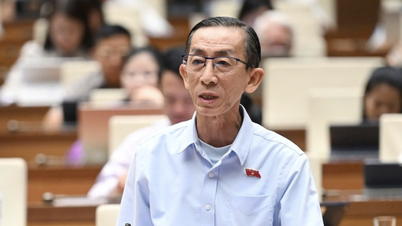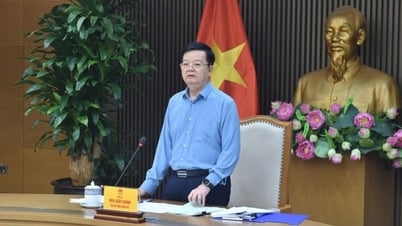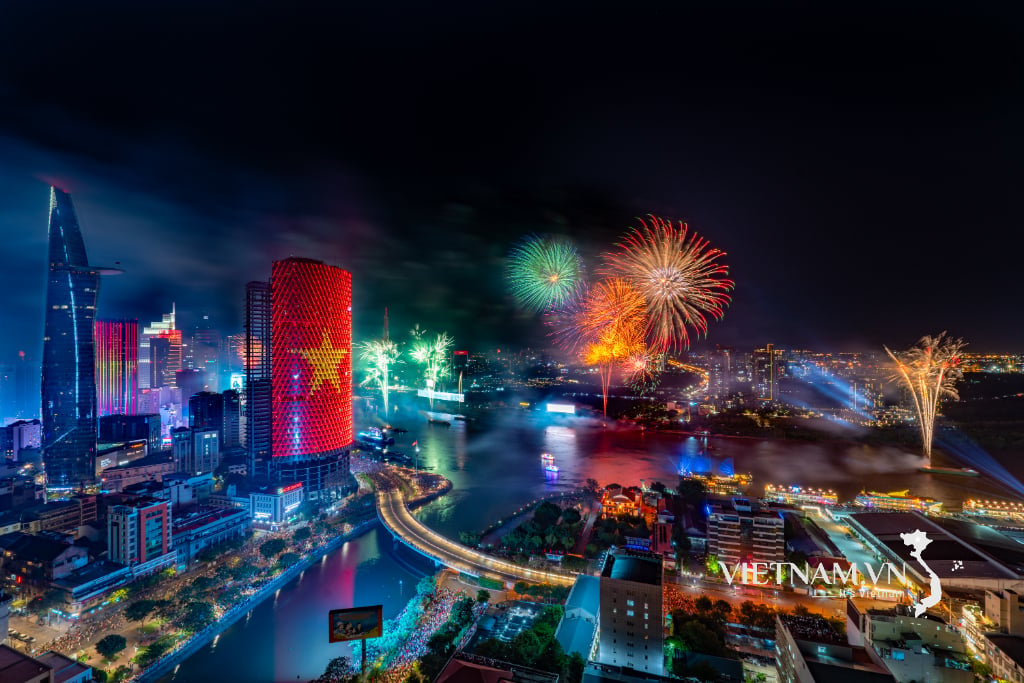1. Which province borders the most provinces and cities after the merger?
On June 12, the National Assembly officially passed a Resolution on merging provincial-level administrative units, according to which our country has 34 provinces and cities - 29 fewer than before.
After the merger, data on area, population, geographical characteristics, economic scale, etc. of the provinces and cities have changed significantly.
After the merger, Phu Tho is a province bordering 7 provinces and cities including: Hanoi, Ninh Binh, Thanh Hoa, Son La, Lao Cai, Tuyen Quang and Thai Nguyen. According to statistics, no other province or city borders as many other provinces and cities as Phu Tho.
2. The new Phu Tho province was formed from the merger of which provinces?
- Phu Tho, Yen Bai, Vinh Phuc0%
- Phu Tho, Hoa Binh, Tuyen Quang0%
- Phu Tho, Vinh Phuc, Hoa Binh0%
- Phu Tho, Hoa Binh, Son La0%
According to the Resolution on the arrangement of provincial administrative units in 2025, the entire natural area and population of Vinh Phuc province, Hoa Binh province and Phu Tho province will be arranged into a new province called Phu Tho province. After the arrangement, Phu Tho province has a natural area of 9,361.38 km² and a population of 4,022,638 people.
The administrative and political center of Phu Tho province after the merger is located in Viet Tri city today.
3. How many provinces and cities no longer have names after the merger?
- 110%
- 190%
- 290%
- 350%
After the merger, our country has 29 provinces and cities that no longer have names, including: Ha Giang, Yen Bai, Bac Kan, Vinh Phuc, Hoa Binh, Bac Giang, Thai Binh, Hai Duong, Ha Nam, Nam Dinh, Quang Binh, Quang Nam, Kon Tum, Binh Dinh, Ninh Thuan, Dak Nong, Binh Thuan, Phu Yen, Ba Ria - Vung Tau, Binh Duong, Binh Phuoc, Long An, Soc Trang, Hau Giang, Ben Tre, Tra Vinh, Tien Giang, Bac Lieu, Kien Giang.
According to the Government Newspaper, the merger of provinces/cities - reducing from 63 to 34 - is a national administrative reform of great significance, not simply changing the provincial and municipal map, but a turning point in comprehensive restructuring to build a streamlined, modern administration, capable of taking advantage of opportunities in the new era. Merging provincial administrative units does not mean losing local identity, but to elevate the locality. It is not erasing history, but writing a new chapter on a larger scale and higher level.
4. After the merger, which province/city has the largest population in the country?
- Hanoi0%
- HCMC0%
- Phu Tho0%
- Danang0%
After merging with Ba Ria - Vung Tau and Binh Duong, Ho Chi Minh City became the most populous city in the country with about 14 million people.
With this population, Ho Chi Minh City has a larger population than some small countries in the region and in the world.
However, in terms of population density, Hanoi is the locality with the highest population density in the country with more than 2,600 people/km2, far surpassing Ho Chi Minh City (about 2,000 people/km2). The city with the third highest population density is Hai Phong with more than 1,460 people/km2.
5. Which new province has the smallest area in the country?
- Hung Yen0%
- Phu Tho0%
- Quang Ngai0%
- Dong Thap0%
The province with the smallest area after the merger is Hung Yen with 2,515km2. Hung Yen (old) originally had an area of only 930km2. After merging with Thai Binh (nearly 1,600km2), this is still the province with the smallest area in the country.
However, Hung Yen has a fairly large population density after the merger, with more than 1,400 people/km2, among the provinces with the highest population density in the country.
The population characteristics of Hung Yen reflect the urbanization model and high population concentration in the Red River Delta.
In addition, despite becoming the smallest locality in the country, the economic scale of Hung Yen after the merger is among the leading in the country.
Source: https://vietnamnet.vn/tinh-nao-tiep-giap-voi-nhieu-tinh-thanh-nhat-sau-sap-nhap-2412091.html











































































































Comment (0)